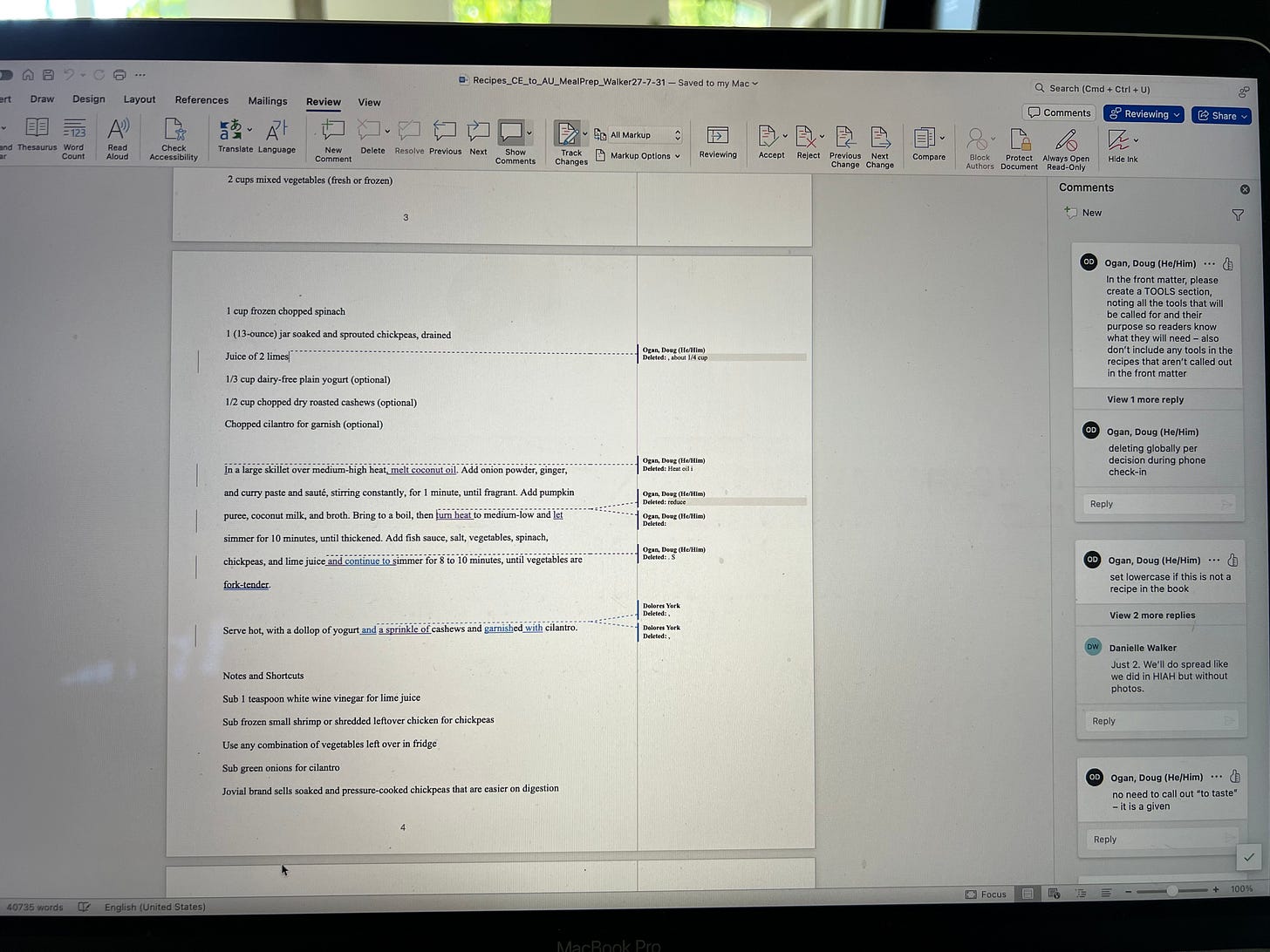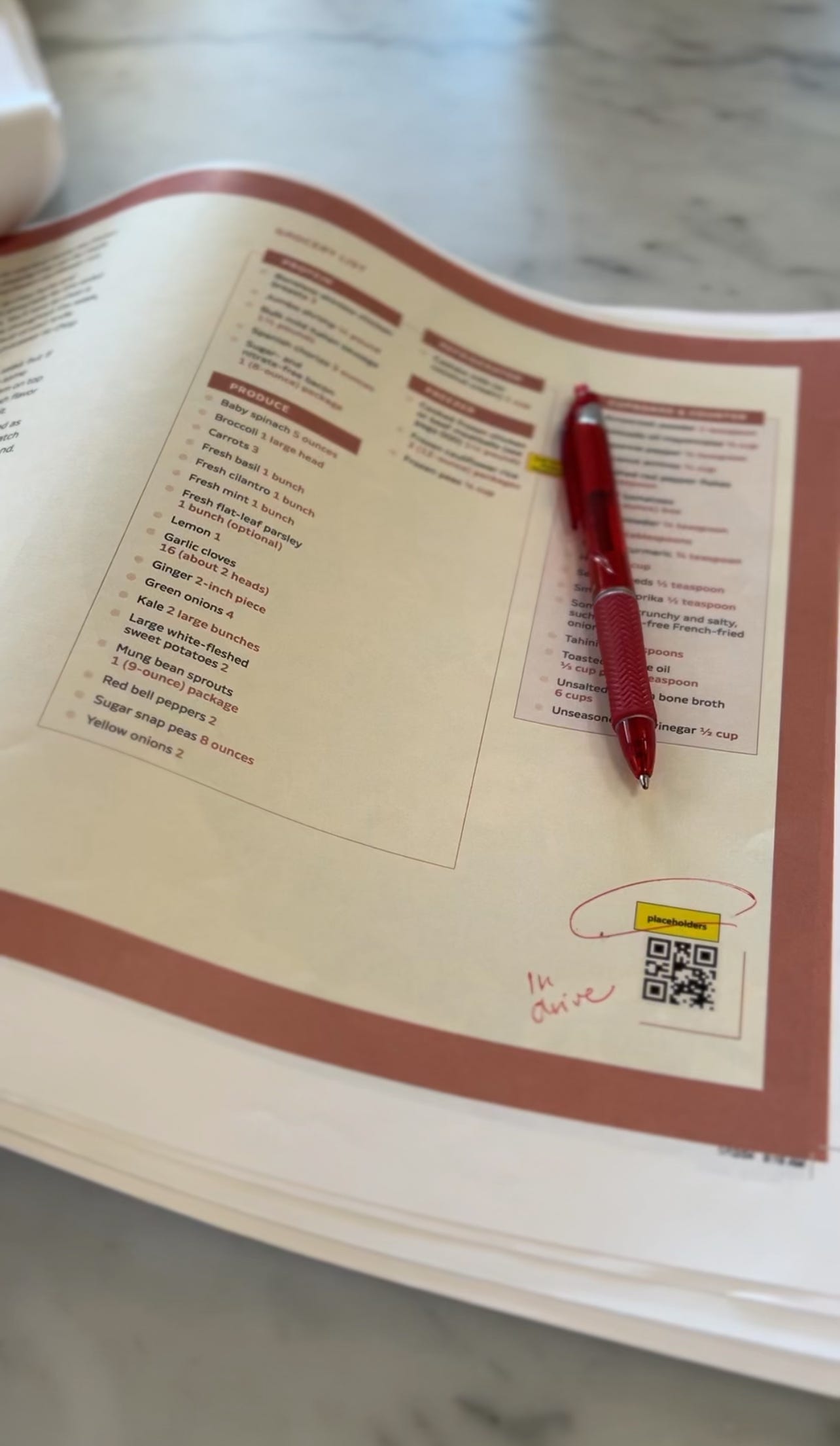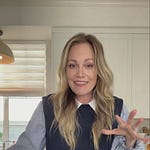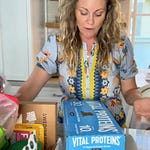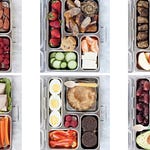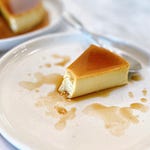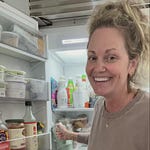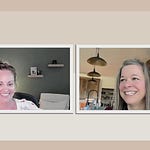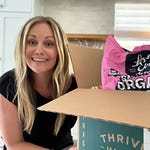Have you ever wondered what goes into making a cookbook? With Make It Easy — my sixth cookbook—releasing in exactly 1 week, I thought I’d give you an inside scoop on the 2-year process! Leave a comment below and ask any questions you have and I’ll be sure to answer them!
“I have every one of Danielle’s cookbooks, and I was lucky enough to win an early copy of Make It Easy. This book is what the paleo/gluten free community has been waiting for. Any cookbook I’ve ever read that has really easy recipes typically involve lots of processed food and ingredients that I can’t eat. This one does not. Not only are the recipes simple, Danielle even gives you a ton of short cuts for every single recipe! This is a fantastic resource, and I know I’m going to be making these recipes all. the. time.” - Michelle
The Early Stages: Planning and Drafting
It all starts with a month of culling through my catalog of recipes. During this time, I draft the chapter subjects, create a sample table of contents, and list the recipes I hope to develop. Although the final manuscript often looks different from these early drafts, having a starting point is crucial for setting the direction of the book.
For Make It Easy, this was back in January of 2023. I felt super stuck on this one. True “writer’s block.” I knew I wanted to make a meal prep cookbook, but wasn’t sure how I would do it differently than the others out there, and what I could give you that would be serve our community.
I turned to notes I had from you about the meal plans that I had offered in my other cookbooks, what you loved from my meal plan membership and Eat Well, Feel Great course, and requests left on my social media over the years.
I went on a short writer’s retreat so I could focus on the concept and try to get my creative juices spinning, and came out with a game plan that I was incredibly excited about. Instead of traditional chapters - beef, chicken, fish, or even breakfast, lunch, lunch, dinner - the chapters would be individual meal plans. Complete with grocery lists, make ahead steps, and ways to get prep work out of the way. In addition, I wanted there to be cohesive meals that utilized similar produce or sauces, to reduce waste and the mental load that goes into planning your weekly meals.
Recipe Testing: The Heart of the Process
For the next 6-8 months, my kitchen becomes a bustling lab. I’m in there 3 to 4 days a week, sometimes for 8 hours straight, testing and refining recipes. Each book gets its own notebook where I meticulously track every adjustment, success, and failure. After each session, I sit down with my manuscript software called Scrivener to type up the recipes, incorporating my testing notes and making any necessary changes. I also add serving sizes and prep times based on our tasting results.
While I have the recipe list with titles and ideas mapped out when I get started, it often morphs and changes as I first get into the kitchen. A sauce that we used for one entree may stand out as something that could double for a mix in to a soup, or added to oil to create a simple salad dressing. Or, we test a dish that turns out great and an idea comes to multiply it to make leftovers and morph it into something else. And sometimes, feedback from my family and friends makes me either scrap a dish entirely, or take it back to the drawing board to riff on it until it’s perfect.
The Manuscript and Editing: Polishing the Details
Around month 12, I submit the manuscript in a Word document to my publisher. By this point, we usually have a working title, though it often evolves during the editing process. I think this book was titled Danielle Walker’s Meal Prep for a long time!
Then it moved to Danielle Makes Meal Planning Easy, and then ultimately our final title of Danielle Walker : Make It Easy.
The manuscript comes back to me as a large redlined Word document, full of track changes and queries in the side bar. Over the next three months, I work through 3-4 rounds of edits, refining every detail. Because of our hectic schedule with 3 kids, and continuing to develop recipes for Substack weekly, plus making social content, I’ve found that it’s best for me to set aside 3 full days and 2 nights to work through this initial edit. I take myself to a hotel nearby and hunker down for 3 straight days and take a few breaks for hikes and sunshine. Uninterrupted time has served me best for this and leaves me less stressed.
Design and Layout: Bringing the Book to Life
Once the manuscript is polished, we move into what’s called the “first pages” stage. This is where we see the design and layout of the book. Together with the design team, we tweak the layout to best serve you. For Make It Easy, we did things a little different so it was more user-friendly, but we also added an entire sidebar “command center” to help make the recipes even more useful for you. So I gave feed back on this one to move locations of titles and ingredient lists (or IL), switching the “IL” in two columns so it’s easier to follow, and making the font larger and darker black for readability.
We went back and forth for quite a few renditions to get the sidebars and 2-page command centers at the beginning of each chapter to really be useable and flow best.
Photography: Capturing the Essence
Next comes one of my favorite parts—photography. For three weeks, I’m on set, working with a team to photograph 125 recipes plus the cover. On set we have a photographer and their assistant, a food stylist and their assistant, and sometimes a prop stylist. They take my tested recipes, cook them in a tiny set kitchen, style them to look pretty and fresh and showcase all the elements well, and then they’re placed on a surface and captured.
The cover is particularly tricky and has required multiple reshoots in the past to ensure it perfectly captures the vibe of the book and gives you a true sense of what’s inside. For Make It Easy, we did NOT need to reshoot the cover and that was such a win.
Final Edits: The Last Touches
After photography, we move into full edits with a printed mock-up of the book. This is where I mark up any design changes, photo issues, and final errors. We then create a “super dummy” (often by pasting the new cover over an old book) to use for promotional purposes. That’s how you “saw” Make It Easy back in February, even though I didn’t get actual copies until July!
Promotion and Marketing: Spreading the Word
After final edits, the focus shifts to marketing and publicity, where I build anticipation by sharing teasers, exclusive updates, and sneak peeks with my community. Collaborating with influencers, hosting a book tour, and making media appearances help spread the word, but what matters most to me is staying connected with you—answering questions, sharing behind-the-scenes moments, and celebrating the book’s release together. The goal is to create a meaningful experience that goes beyond the pages of *Make It Easy* and into your everyday cooking.
Writing a cookbook is a long and intense process, but it’s also incredibly rewarding. It really is my favorite part of my job. I can’t wait for you to get your hands on it and see it come to life in your own kitchens!!
The craziest part?
My baking cookbook (temporarily named the baking bible 😂) is out in 2026 so I’m already behind and have to get testing as soon as I’m back from tour!
Leave a comment below and ask any questions you have!
Why Preordering Helps SO Much
If you're considering picking up a copy of Make It Easy and want to help get it into the world, here’s how you can support the book the most effectively!
Preorder a copy: While Amazon might offer the lowest price, it actually benefits the author the least. Of course, every sale counts and is deeply appreciated, but purchasing from Target, local bookstores, Barnes & Noble, Books-A-Million, Walmart, or similar retailers makes an even bigger impact!
Here’s why: although Amazon may charge you less, authors still earn the same $1-3 per copy, regardless of the retailer. The difference is that purchases from non-Amazon sources boost the book’s visibility on bestseller lists—Amazon sales alone can actually hurt these rankings! Visibility on bestsellers lists = other stores confidently ordering and carrying copies on their shelves and can even help future books. When these shops see strong preorders, they’re more confident in ordering copies, ensuring the book doesn’t just exist online but is available on shelves for others to discover. Your choice of where to buy can make a real difference!
Pick up a copy on September 10: Grabbing a copy at a physical store is not only fun, but is also essential in the crazy algorithm of a book making bestsellers lists, and ultimately going on to have more visibility and legs. Plus it helps support your local community!
Show the cover on social media! Post a selfie with the book, or a dish you made! Your friends and family trust you. In a sea of books, they’ll be happy to know you trust an author and the recipes within!
THANK YOU for supporting my work and for your excitement over Make It Easy. 7 days!





